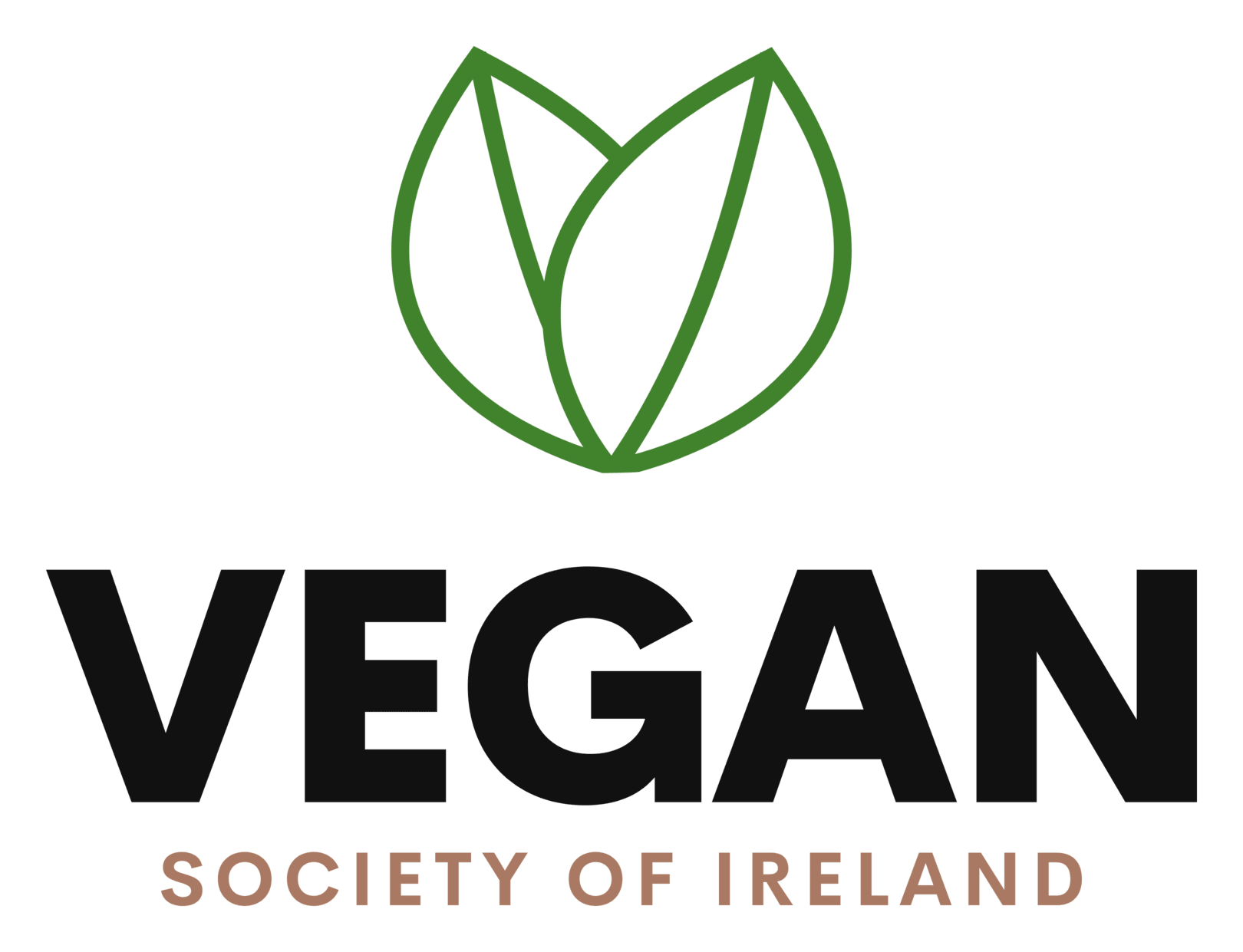Complaints regarding ‘Greenwashing’ by National Dairy Council upheld by Advertising Standards Authority for Ireland
In Ireland, Dairy is big business and shows no signs of diminishing. The milk quota, which was abolished in 2015, opened the floodgates for our overproduction of dairy to the export market.
In 2022 a staggering 1.7m tonnes of product was shipped from Ireland to over 130 markets worldwide, including supplying 10% of the world’s infants with formula.Quite an achievement when you consider that 65% of the human population has a reduced capacity to digest lactose after infancy.
There are 1.5 million cows on the island of Ireland. The links from this industry to water pollution, biodiversity loss and GHG emissions are clear and unequivocal. Ireland has been described as a ‘green desert’, with 40% of our waterways having unacceptably high levels of nitrogen. Overall Agricultural emissions account for 38% of all GHG emissions and this is increasing.
The cost to sentient animals of this high intensity dairy model is catastrophic. In Ireland the average life span of a dairy cow is measured in lactations. Dairy cows are not given the dignity of years. According to Agriland (the daily farming news portal) ‘the average age of a cow milking in a herd is 3.5 lactations with the average culling age being 4.5 lactations’. The natural lifespan of a dairy cow is 20/25 years.
Male calves from this industry are considered ‘waste’. These 10-day old calves are sent by road and sea to veal farms in Europe, a journey of roughly three days. They are too young to lap independently, and many do not survive the journey, dying of dehydration and exhaustion. Their journey and the horrific abuse they sufferwas part of a recent investigation entitled ‘Dairy’s Dirty Secret’ and aired on RTE.
Irish Dairy is represented by the National Dairy Council, a privately funded organisation representing over 75% of Irish dairy farmers. It spends a lot of money advertising on television, radio, press and online. It also has large billboards in major towns and cities with images of happy cows grazing in green fields and the overarching message of sustainability. This image is carefully cultivated. Yet the reality could not be further from the truth.
In a ground-breaking decision The Advertising Standards Authority for Ireland (ASAI) recently upheld a number of complaints made against the National Dairy Council.
Farmers were used as part of the Farm Ambassador program. The following are examples of some of the claims made by the National Dairy Council through print, online, television and radio.
‘Ireland has the most greenhouse gas emissions-efficient production system certainly in Europe and possibly in the world.’
‘Irish dairy has one of the lowest dairy carbon footprints in the world. Litre for litre, Irish milk has a footprint half the size of milk produced in most other countries. Our climate is ideal for dairy and we’re farming more efficiently every year.’
A sponsored article on a newspaper’s website featured the headline: ‘Ireland has a lower carbon footprint per litre of milk than almost any other country.’
A webpage on the National Dairy Council’s website included the following statements:
‘Litre for litre, Irish milk has one of the lowest carbon footprints of all milk produced anywhere.’
‘Meeting growing international demand for dairy by producing it in Ireland is the best way of tackling the global climate change challenge.’
The National Dairy Council stood over the campaign and stated that litre for litre, Irish milk had a lower carbon footprint than that of milk produced almost anywhere else, at around 0.97kg CO2-eq, compared to an average of over 2kg in some other countries. In fact, only 4 countries have an average of over 2kg: India, Kenya, Costa Rica and Peru.
- New Zealand 0.74
- Uruguay 0.85
- Portugal 0.86
- Denmark 1
- Canada 1.01
- Australia 1.06
- France 1.08
- USA 1.09
- Ireland 1.18
- Netherlands 1.28
- Italy 1.43
- Germany 1.53
- China 1.68
- India 2.05
- Kenya 2.54
- Costa Rica 2.96
- Peru 3.29
In upholding the complaints, the Advertising Standards Authority for Ireland (ASAI) found that the study referred to by the National Dairy Council regarding ‘the global average’ of countries’ carbon footprint regarding cattle, was dated from 2010, some 13 years earlier, and that no details had been provided as to where the global average figure had been sourced. Orla Twomey of the ASAI further stated that ‘there is no evidence to show the situation in 2010 is comparable to now and therefore the quoted study is not relevant today’.
In fact, the 2010 study from the European Commission Joint Research Centre was based on data from 2004, making it 20 years old! A further study published in 2011 from researchers in Germany and the Netherlands had very different results and found Ireland had the 4th highest CO2 emissions in the EU in milk production. This study is not referenced in National Dairy Council advertisements.
Another claim rejected by the committee is that Irish Dairy is ‘meeting growing international demand for dairy by producing it in Ireland is the best way of tackling the global climate change challenge’. The Committee did not consider that evidence had been provided as to how producing dairy in Ireland to meet the international demand for produce was the best way of tackling the global climate change challenge.
In fact, Ireland imports 4m tons of grain and other feed stuffs every year including 1m tonnes of soyabean. Irish cows spend a minimum of 5 months indoors. We now have 374 feedlots and the number of these is increasing annually. Not exactly the grass-fed image portrayed. Furthermore, recent evidence in the journal ‘Dining on Deforestation’ links Irish meat and dairy to Amazon forest clearance. *
This ruling is a small step in the right direction.
Joan Burgess,
Executive Committee Member,
Vegan Society of Ireland.


